The area of the Middle Brenta involved in our project has been included among the Natura 2000 sites under the name “ZSC / ZPS IT3260018 Grave and Wetlands of the Brenta“.
Natura 2000 is a system of natural areas in the territory of the European Union; this ecological network was established to guarantee and maintain threatened and rare natural habitats and species of flora and fauna at community level for future generations.
On this page, we will take you on a journey of discovery to the ecosystems that make the Middle Brenta so special.
Can you believe that more than 70 different species have been identified within this Natura 2000 site! Our team has decided to select the most common types that you may encounter during your trips of discovery to the river. You can find them all here.

3130 Stagnant water, from oligotrophic to mesotrophic, with vegetation of the Littorelletea uniflorae or Isoëto–Nanojuncetea
Vegetation consisting of small amphibious communities, both perennial (referable to the order Littorelletalia uniflorae) and annual pioneer (referable to the order Nanocyperetalia fusci), of the coastal strip of lakes and ponds with stagnant water, from oligotrophic to mesotrophic, on nutrient-poor substrates, of the Bioclimatic Plans meso-, supra- and gold-temperate (also with the Sub-Mediterranean variant), with mainly northern distribution; the two types can also be present individually. The annual pioneer aspects can also develop in the Mediterranean macrobioclimate.
photo © https://inpn.mnhn.fr
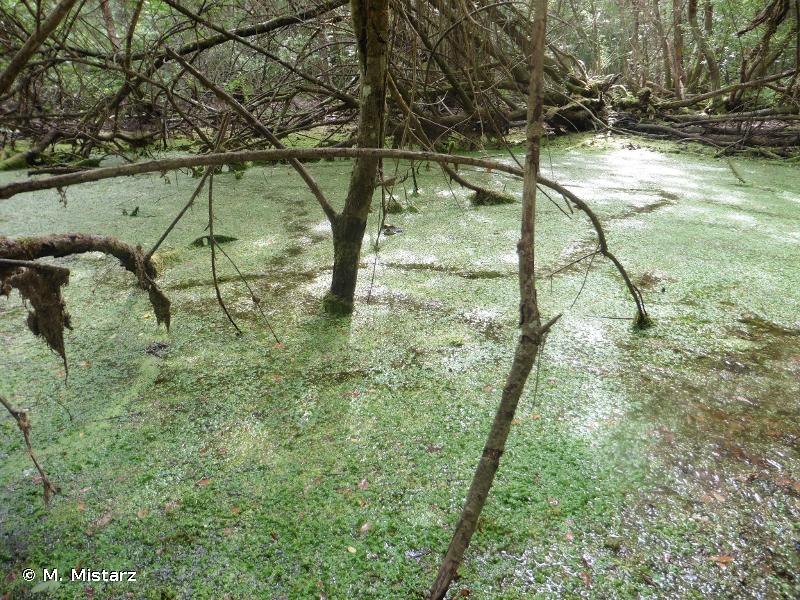
3150 Natural eutrophic lakes with Magnopotamion or Hydrocharition vegetation
Lacustrine, marshy and stagnant eutrophic water habitats rich in bases with azonal hydrophytic dulciacquicola vegetation, submerged or floating or rooting, with wide distribution, referable to the Lemnetea and Potametea classes.
photo © https://inpn.mnhn.fr
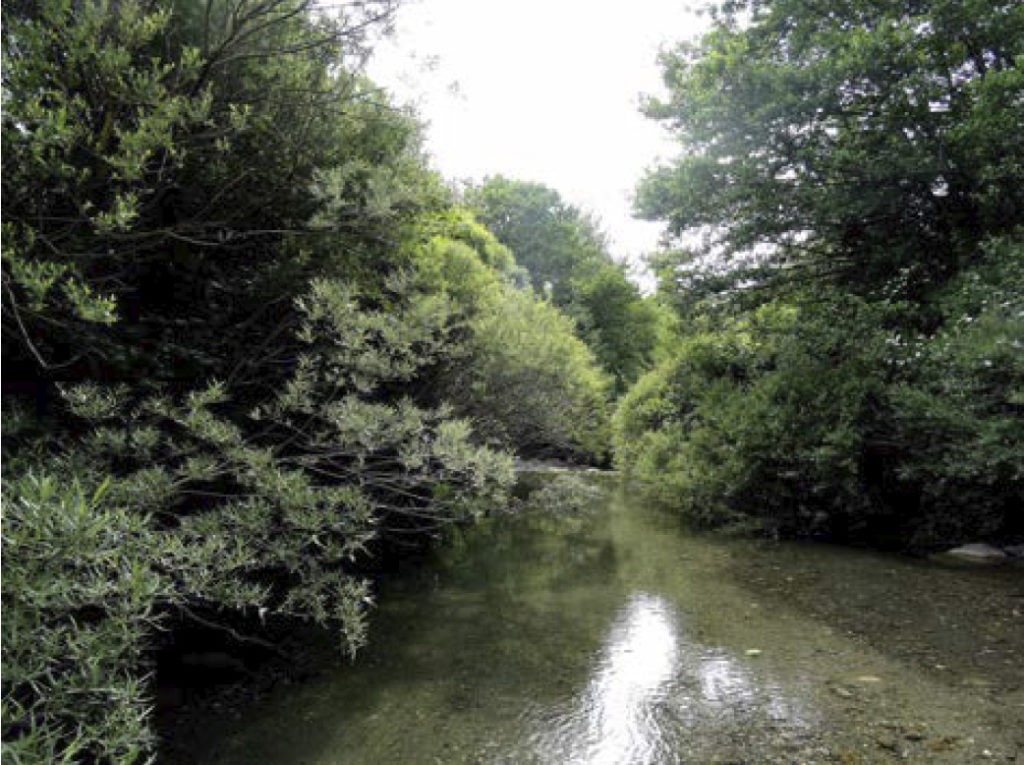
3240 Alpine rivers with woody riparian vegetation in Salix eleagnos
Pioneer arboreal-arboreal formations of gravelly-sandy riverbed willows that develop on gravelly-sandy riverbeds with a torrential regime and with considerable variations in the level of the water table during the year. These pioneer willows, with different entities among which Salix eleagnos is considered the leading species, are always prevalent over other tree species that settle in more mature stages. Among shrubs, sea buckthorn (Hippophae rhamnoides) is the most characteristic indicator of this habitat. The herbaceous layer is often poorly represented and rarely significant. These formations have the ability to withstand both periods of overflowing and drought phenomena.
photo © http://www.isprambiente.gov.it/
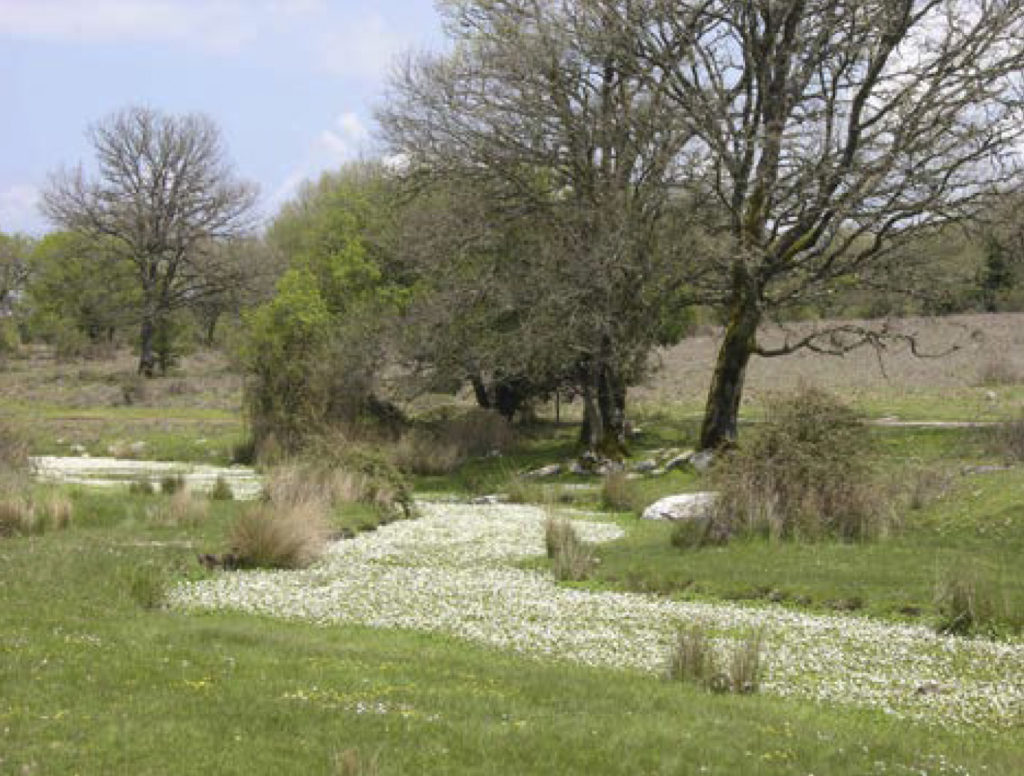
3260 Rivers of the plains and mountains with Ranunculion fluitantis and Callitricho-Batrachion vegetation
This habitat includes watercourses, from the plain to the mountain belt, characterized by paucispecific perennial herbaceous vegetation formed by aquatic macrophytes with mainly underwater development with flower apparatuses generally emerged of Ranunculion fluitantis and Callitricho-Batrachion and aquatic mosses. In the vegetation exposed to faster currents (Ranunculion fluitantis) the foliar apparatuses remain completely submerged while in less pushed reofile conditions a part of the leaves is brought to the water surface (Callitricho-Batrachion).
This habitat, of high naturalistic value and high vulnerability, is often associated to Butomus umbellatus communities; it is important to take this aspect into account when identifying the habitat.
The availability of light is a critical factor and therefore this vegetation does not settle in watercourses shaded by external vegetation and where the clarity of the water is limited by turbid transport.
Translated with www.DeepL.com/Translator (free version)
photo © http://www.isprambiente.gov.it/
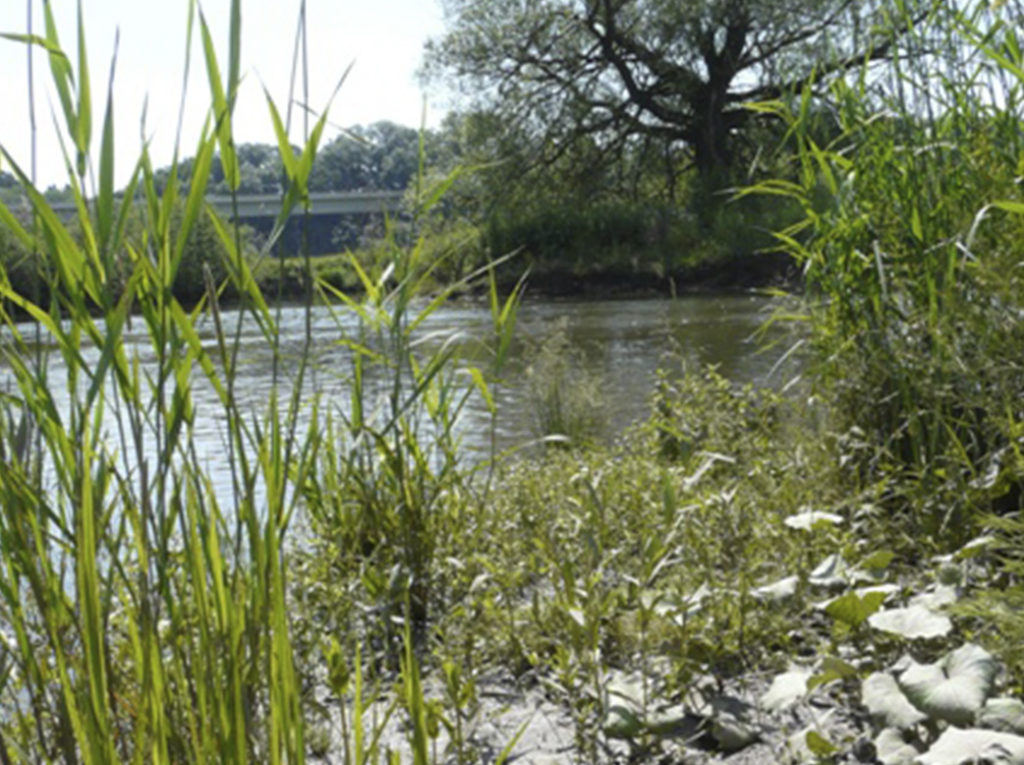
3270 Rivers with muddy banks with vegetation of Chenopodion rubri p.p. and Bidention p.p.
Plant communities that develop on the muddy banks, periodically flooded and rich in nitrates of the rivers of the plains and the submontane belt, characterized by annual nitrophilous vegetation pioneer of the Chenopodion rubri p.p. and Bidention p.p. alliances. The substrate is composed of sands, silt or clays, also mixed with a gravelly skeleton. In spring and until the beginning of summer these environments, flooded for a long time, appear as muddy shores without vegetation as it develops, if the conditions are favorable, in late summer-autumn. These sites are subject over the years to spatial changes caused by periodic flooding.
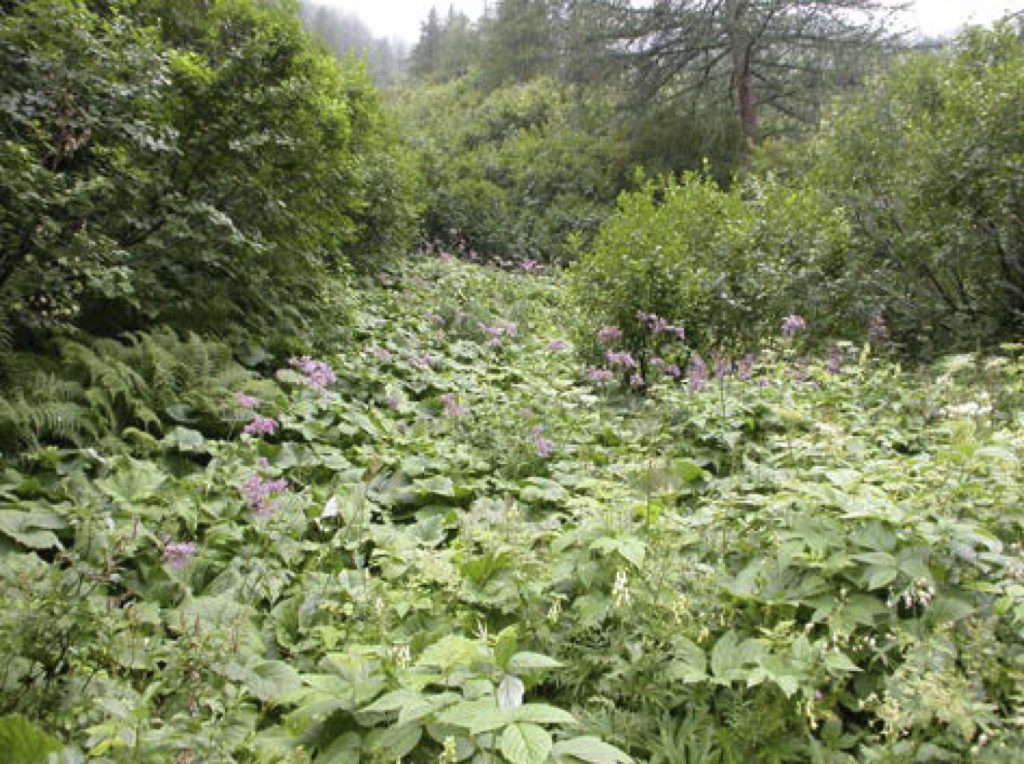
6430 Lowland, mountain and alpine borders of hydrophilic megaphorbies
Community of tall, large-leaved grasses (megaphorbias) with hygrophilous and nitrophilous leaves that develop mainly at the edge of watercourses and hygro-mesophilous forests, distributed from the basal to the alpine plane.
photo © http://www.isprambiente.gov.it/
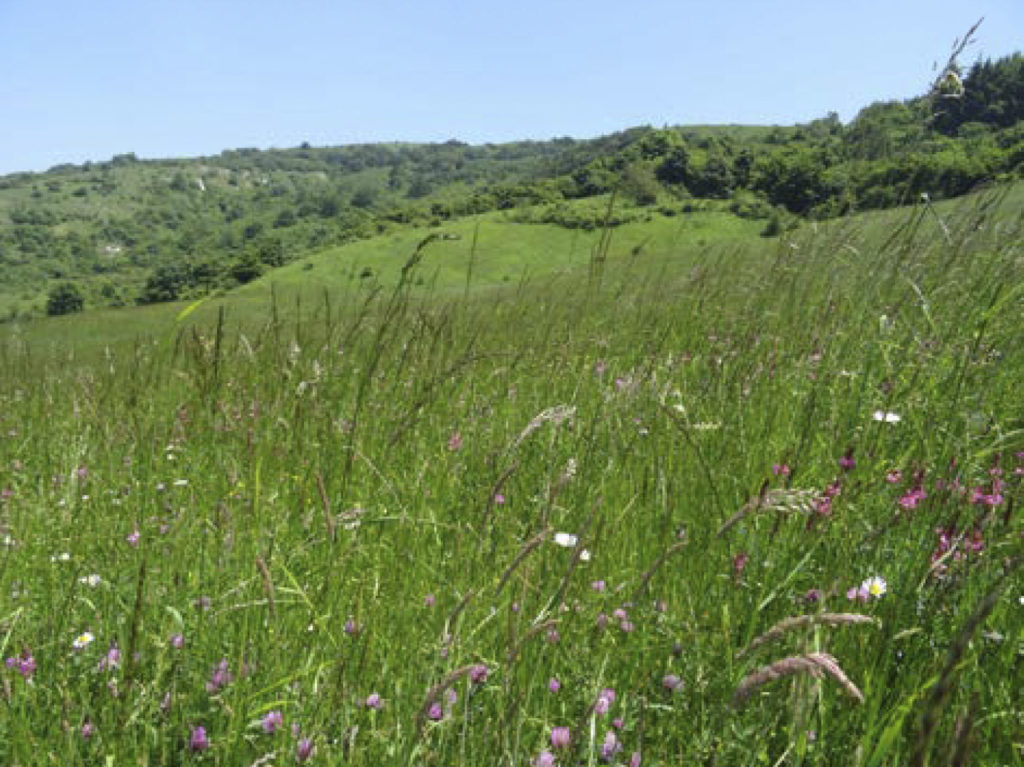
6510 Low-altitude hay meadows (Alopecurus pratensis, Sanguisorba officinalis)
Meadows from mesic to pingui, regularly mowed and fertilized in a non-intensive way, floristically rich, distributed from the plain to the lower mountain range, referable to the Arrhenatherion alliance. They also include meadow pastures with a similar floristic composition. In Sicily such formations that present different floristic characteristics even if having the same ecological meaning, are referred to the alliance Plantaginion cupanii.
photo © http://www.isprambiente.gov.it/
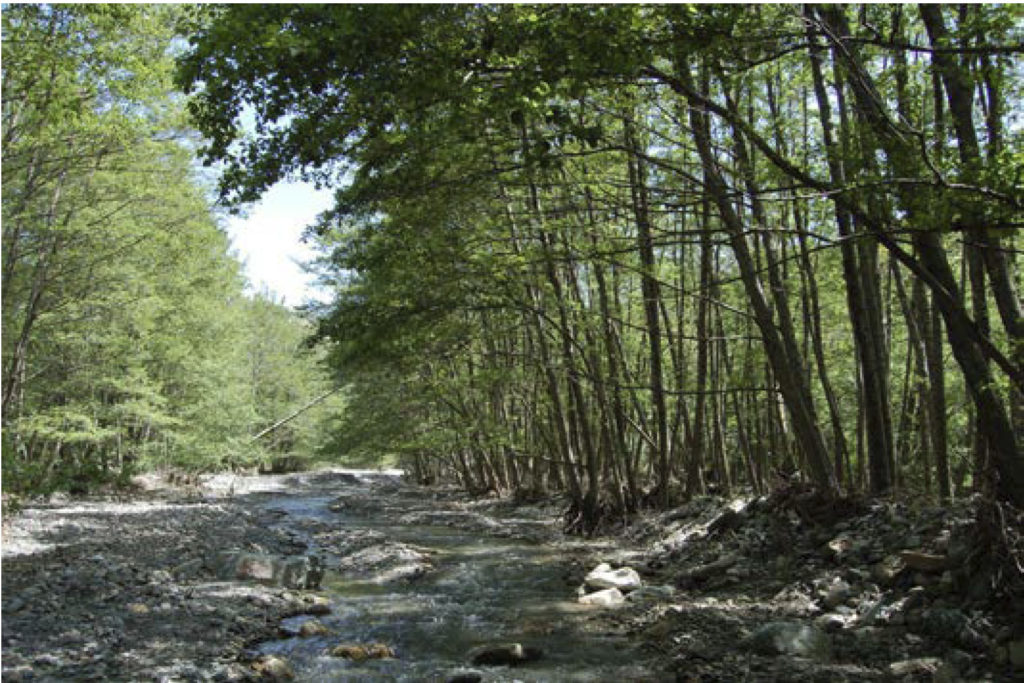
91E0* Flood forests of Alnus glutinosa and Fraxinus excelsior (Alno-Padion, Alnion incanae, Salicion albae)
Flood, riparian and marshy forests of Alnus spp., Fraxinus excelsior and Salix spp. present along watercourses both in mountainous and hilly stretches or on the banks of lake basins and in areas with water stagnation not necessarily related to river dynamics. They develop on alluvial soils that are often flooded or in which the water table is superficial, mainly in temperate macrobioclimate but they also penetrate the Mediterranean one where the humidity allows it.
photo © http://www.isprambiente.gov.it/
The habitat descriptions of Annex I of the Directive derive from the Italian Habitats Interpretation Manual of Directive 92/43/EEC (http://vnr.unipg.it).
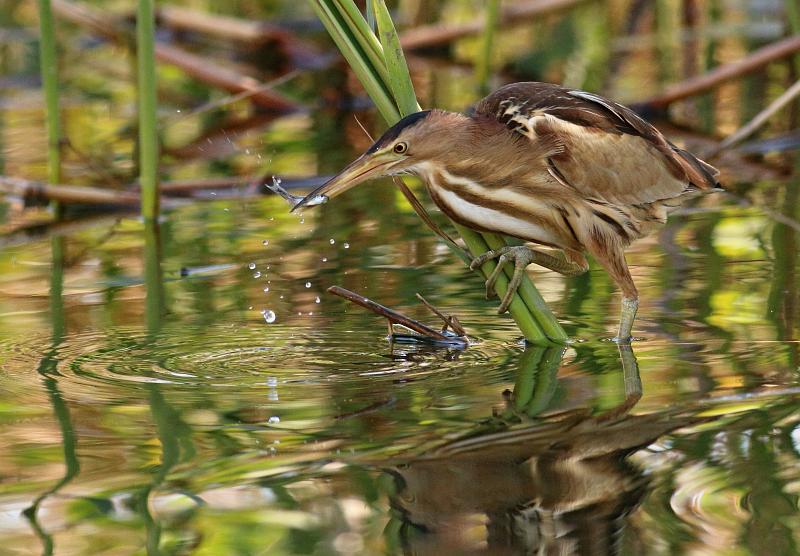
Tarabùsino
Ixobrychus minutus
Species present in a localized way as nesting and migratory with an unsatisfactory degree of conservation. Decisive factor for the choice of the reproductive site is the presence of submerged reeds.
Photo © http://natura2000.eea.europa.eu/
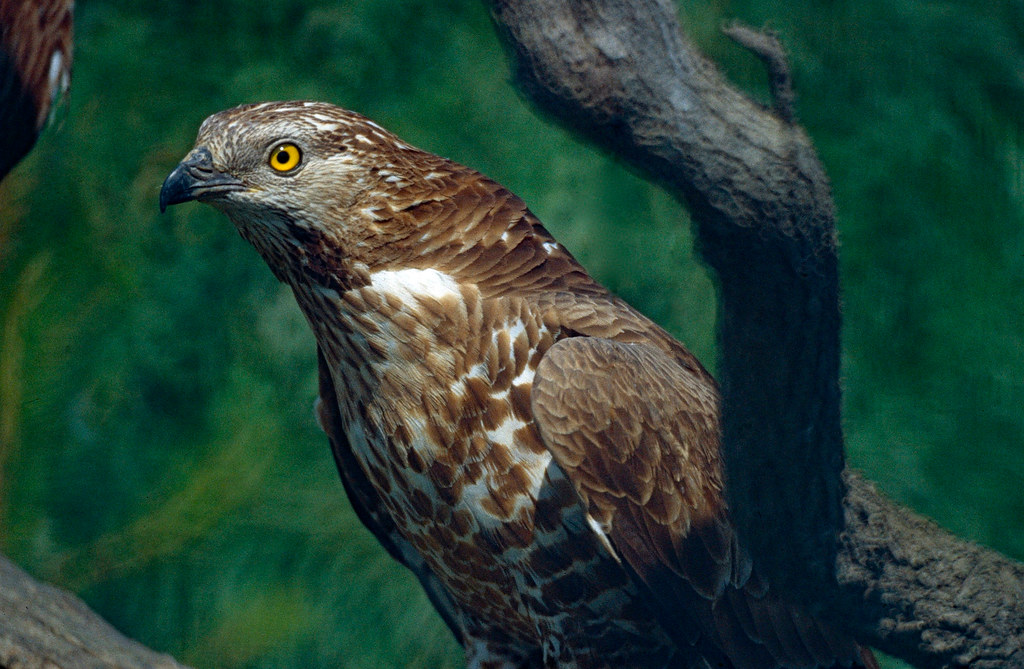
Falco pecchiaiolo
Pernis apivorus
Species present in a localized way as nesting and migratory with an unsatisfactory degree of conservation. Decisive factor for the choice of the reproductive site is the presence of submerged reeds.
Photo © Bernard Dupont
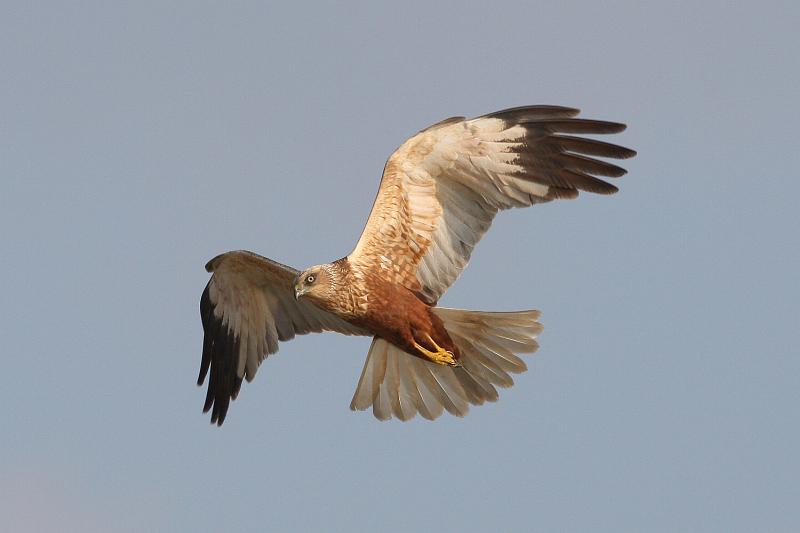
Falco di palude
Circus aeruginosus
Common species as migratory and rare as wintering in the Natura 2000 site. It requires large undisturbed marshy or humid areas with abundant fauna, especially birds of aquatic environments. Species with unsatisfactory conservation status (decreasing trend).
Photo © http://natura2000.eea.europa.eu/
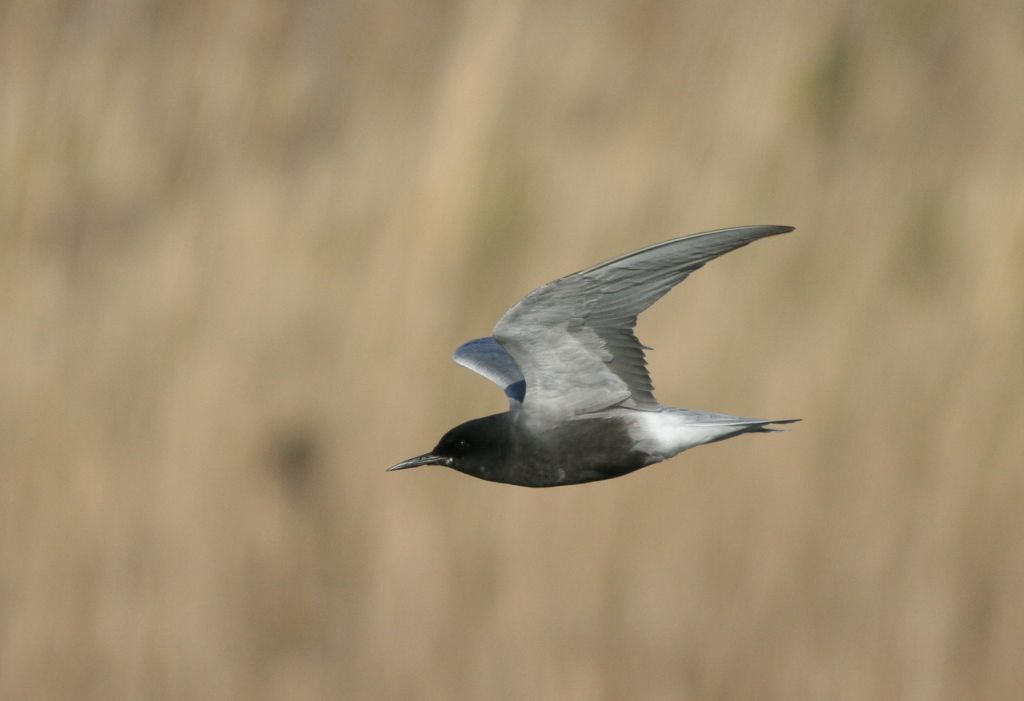
Mignattino comune
Chlidonias niger
Species that prefers large ponds of stagnant water, with abundant hydrophytic vegetation and presence of invertebrates. Its conservation status is not satisfactory (fluctuating trend).
Photo © http://natura2000.eea.europa.eu/
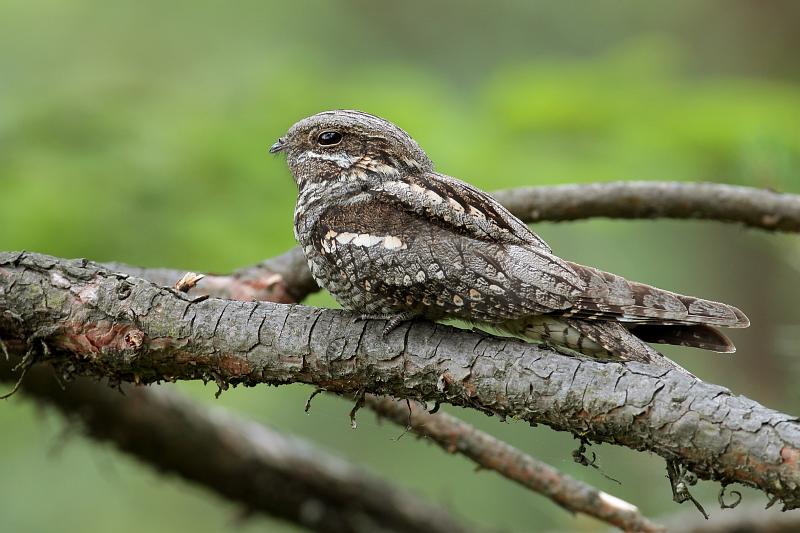
Succiacapre
Caprimulgus europaeus
Present in the Natura 2000 site as nesting and migratory. It requires little disturbed environments in which grassy areas alternate with sparse vegetation where it uses the shrubs as perches. Species with unsatisfactory conservation status (decreasing trend).
Photo © http://natura2000.eea.europa.eu/
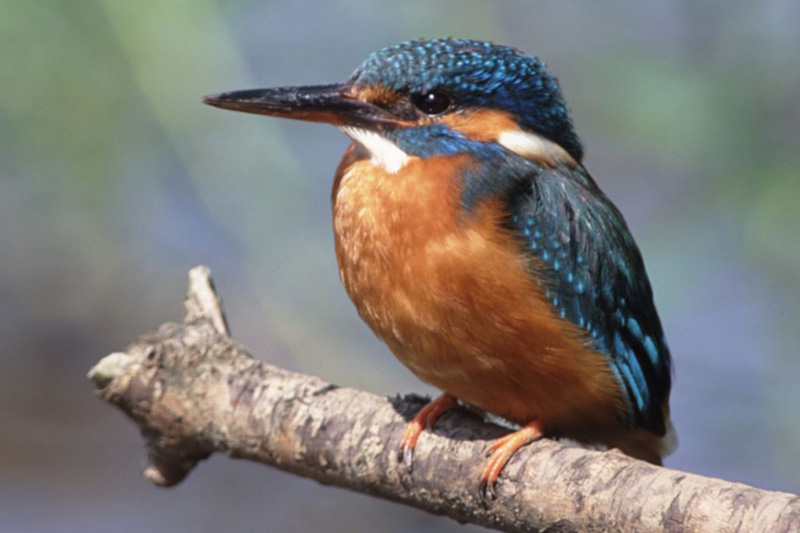
Martin pescatore
Alcedo atthis
It demands not deep water bodies with abundant small fish fauna. Cold winters usually cause a population collapse. In the Natura 2000 site it is present in a localized way as nesting, wintering and migratory. Species with unsatisfactory conservation status (decreasing trend).
Photo © http://natura2000.eea.europa.eu/
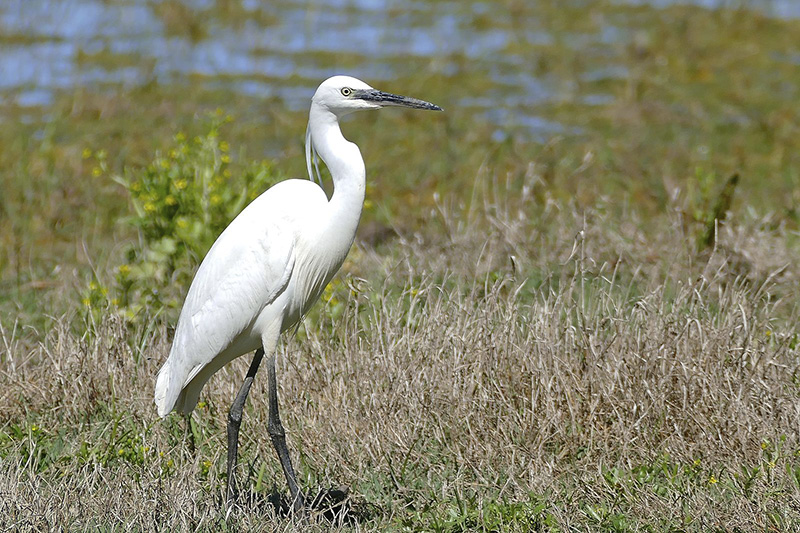
Garzetta
Egretta garzetta
Common species with a satisfactory degree of conservation and present as wintering and migratory in the project area. Linear elements as well as neighbouring reed beds can provide a site for this species within the project area.
Photo © http://natura2000.eea.europa.eu/
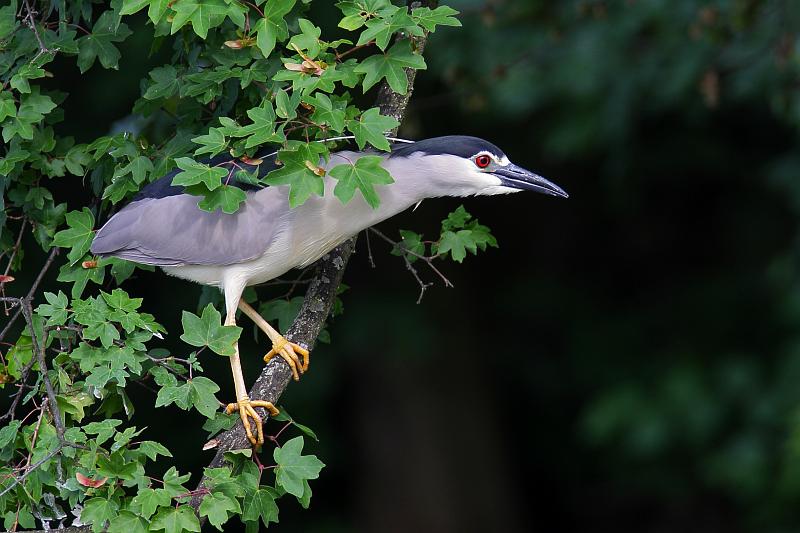
Nitticora
Nycticorax nycticorax
Localized species with a satisfactory degree of conservation and present as migratory. Linear elements as well as neighbouring reed beds can provide a site for this species within the project area.
Photo © http://natura2000.eea.europa.eu/
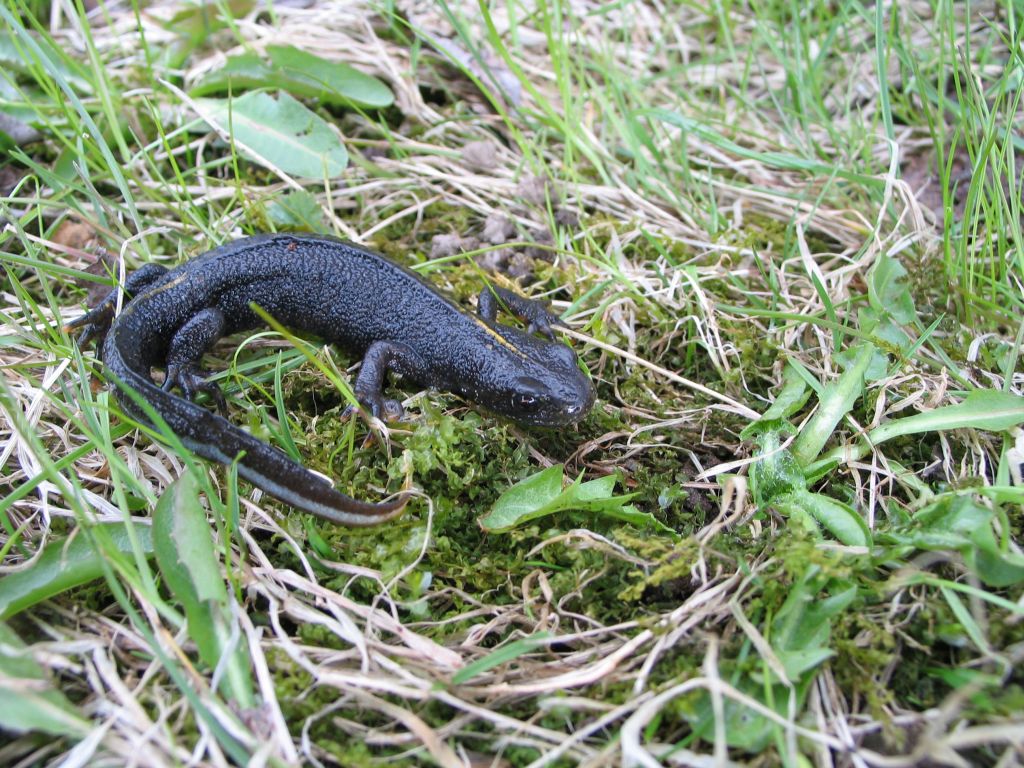
Tritone crestato italiano
Triturus carnifex
In the Venetian Plain its presence is fragmentary, located in biotopes with natural conditions, with superficial water stagnations and soils little disturbed and altered. In the Natura 2000 site the species has a localized spread with an unsatisfactory conservation status (decreasing trend).
Photo © natura2000.eea.europa.eu/
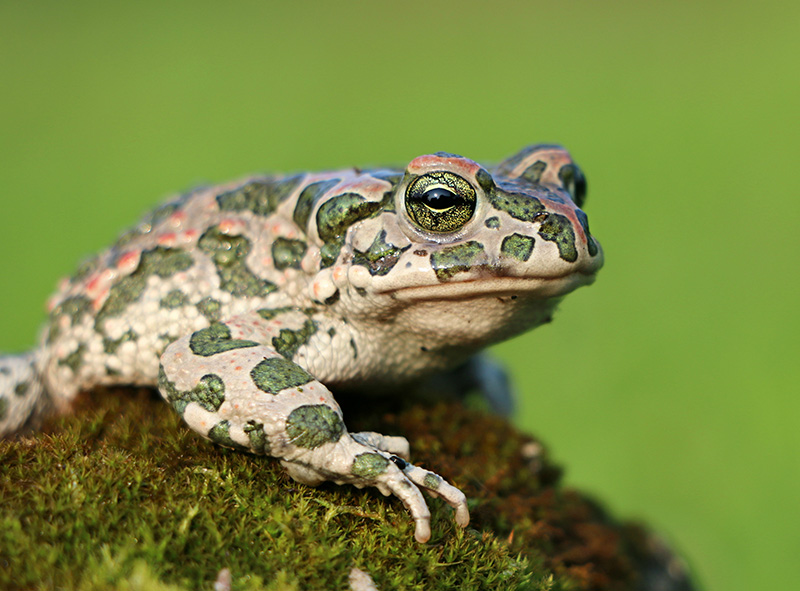
Rospo smeraldino
Bufo viridis
A very adaptable species that settles along the Adriatic coast to the islands and deltaceous rocks. In the Natura 2000 site the species is common and has an unsatisfactory conservation status (decreasing trend).
Photo © wikimedia.commons
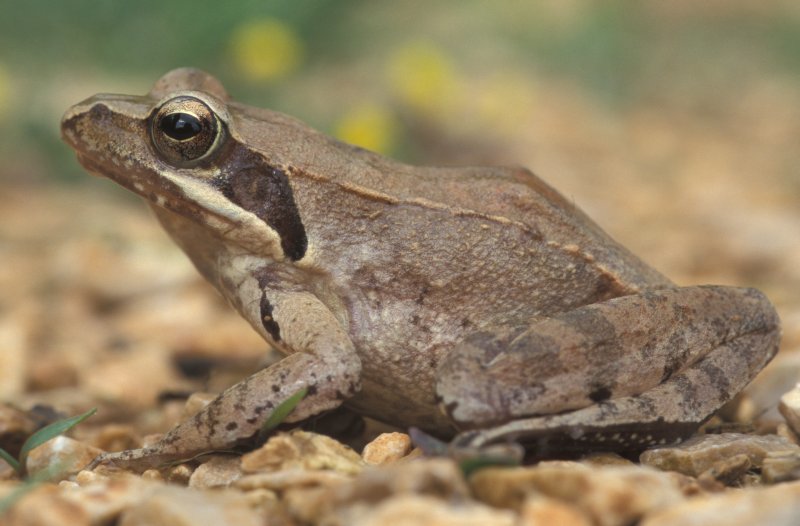
Rana di Lataste
Rana latastei
A very adaptable species that settles along the Adriatic coast to the islands and deltaceous rocks. In the Natura 2000 site the species is common and has an unsatisfactory conservation status (decreasing trend).
Photo © natura2000.eea.europa.eu/
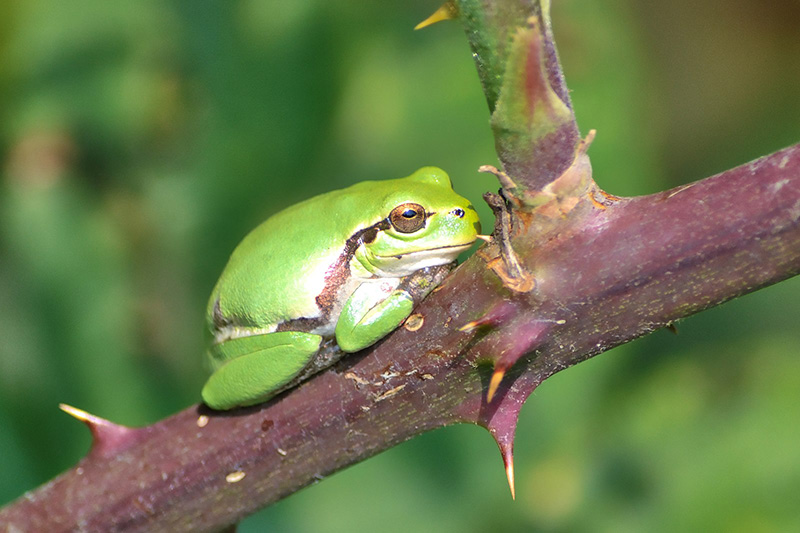
Raganella italica
Hyla intermedia
In the regional territory it is widespread in particular in the lowland areas in areas characterized by a remarkable arboreal – shrubby coverage. In the Natura 2000 site the species has a localized spread with an unsatisfactory conservation status (stable trend).
Photo © wikimedia.commons
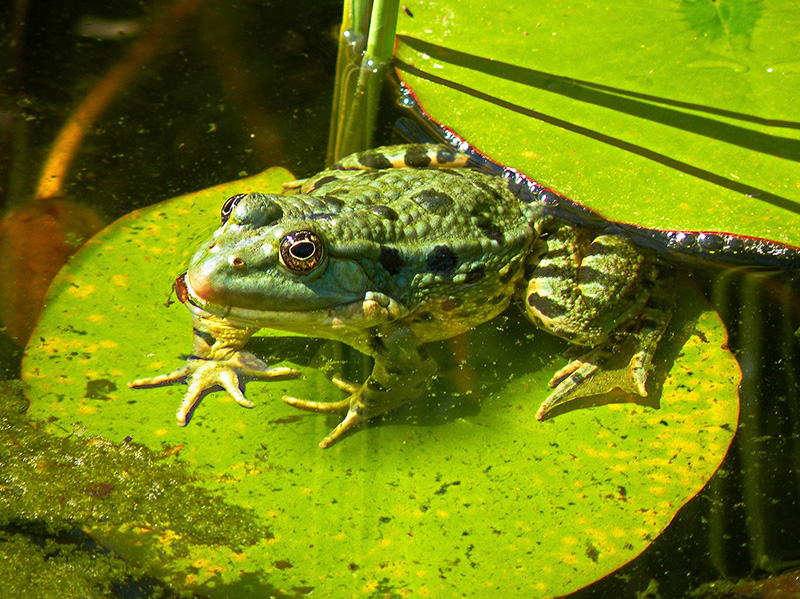
Rana verde
Pelophylax kl. esculentus
Common and widespread species throughout the Veneto Plain. Although it lives in a wide variety of freshwater environments, it prefers large and sunny stagnant mirrors. Species with a satisfactory conservation status (stable trend).
Photo © wikimedia.commons
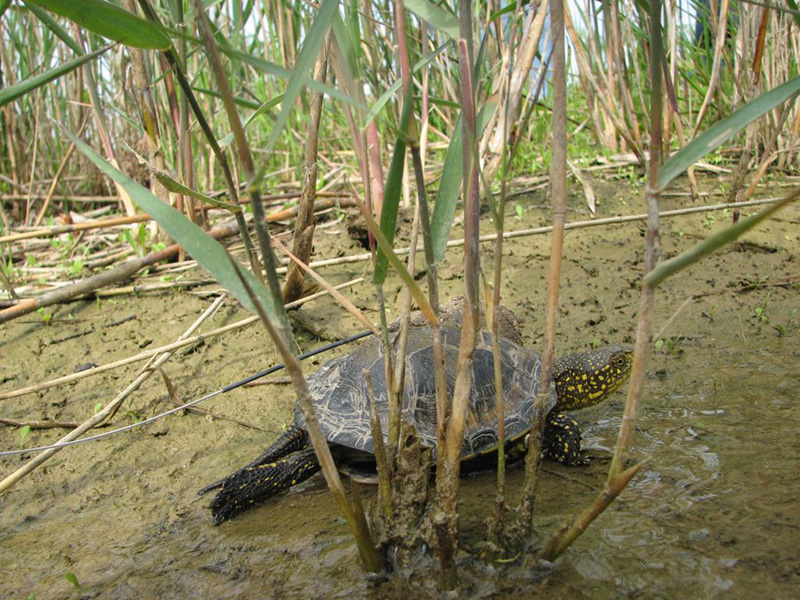
Testuggine palustre europea
Emys orbicularis
In the Venetian Plain its presence is fragmentary, located in biotopes with natural conditions, with superficial water stagnations and soils little disturbed and altered. In the Natura 2000 site the species has a localized spread with an unsatisfactory conservation status (decreasing trend).
Photo © natura2000.eea.europa.eu/
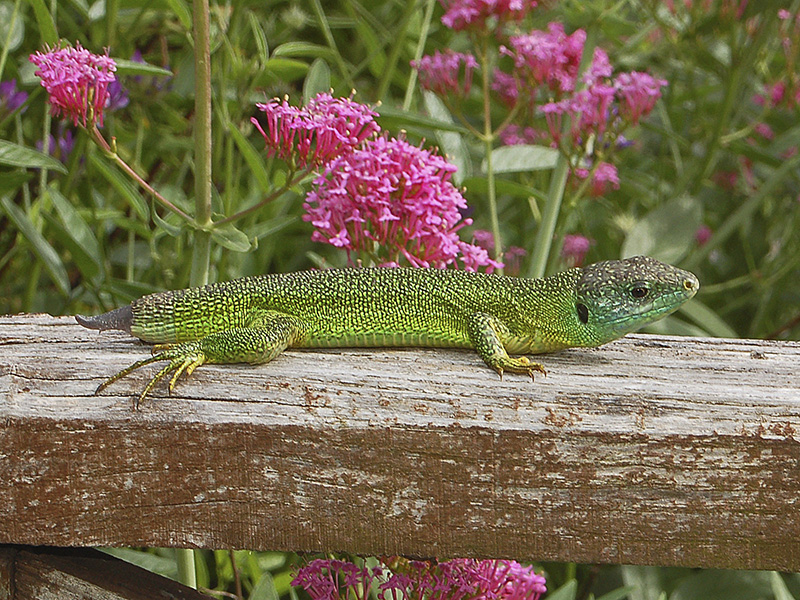
Ramarro occidentale
Lacerta bilineata
Present in most of the territory of Veneto. It is more frequent in ecotonal environments with herbaceous and shrubby vegetation. Most commonly observed along embankments and embankments, in shrubby riverbeds and in hedges and rural thickets. Species with unsatisfactory conservation status (decreasing trend).
Photo © wikimedia.commons
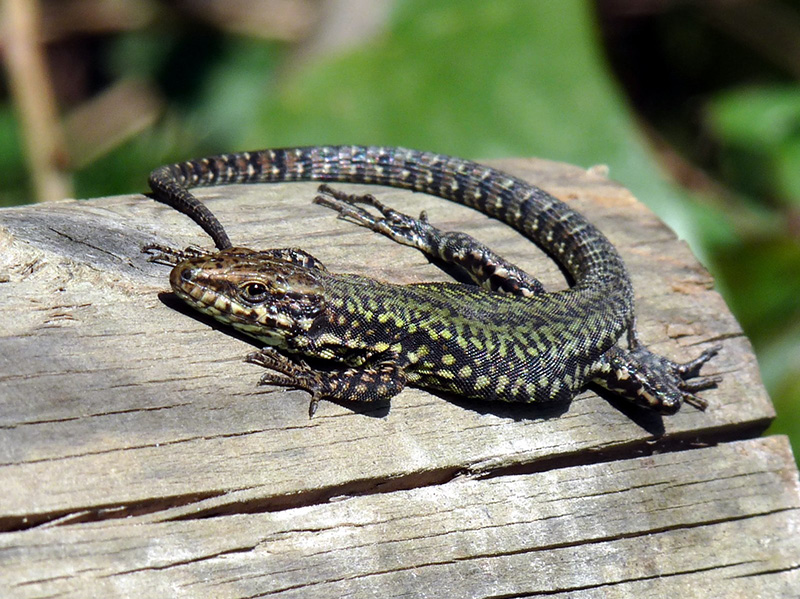
Lucertola muraiola
Podarcis muralis
Present in most of the territory of Veneto. It is more frequent in ecotonal environments with herbaceous and shrubby vegetation. Most commonly observed along embankments and embankments, in shrubby riverbeds and in hedges and rural thickets. Species with unsatisfactory conservation status (decreasing trend).
Photo © wikimedia.commons
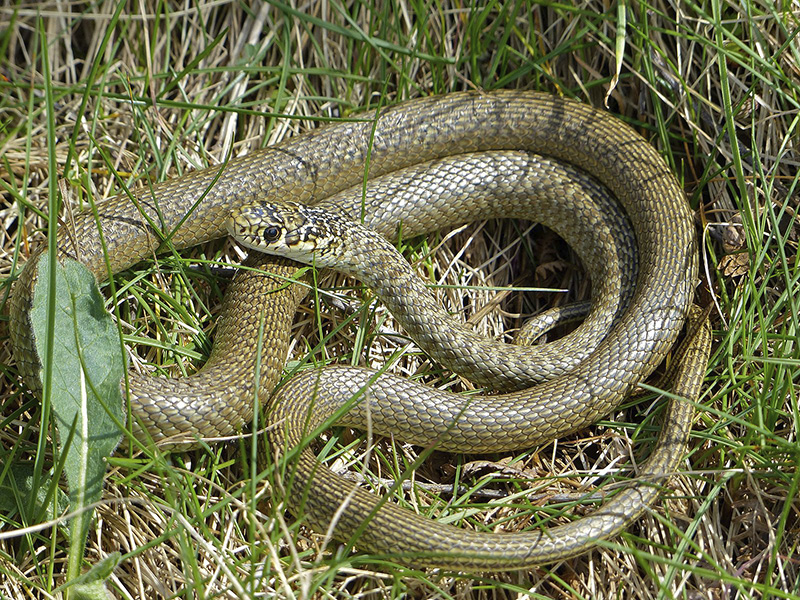
Biacco
Hierophis viridiflavus
Common species, present from coastal areas to the mountain environment. It prefers dry substrates, especially if rocky, in which there is a discontinuous shrub – tree cover. Intensive agriculture has caused a contraction of the areas frequented by white lead. Species with unsatisfactory conservation status (decreasing trend).
Photo © wikimedia.commons
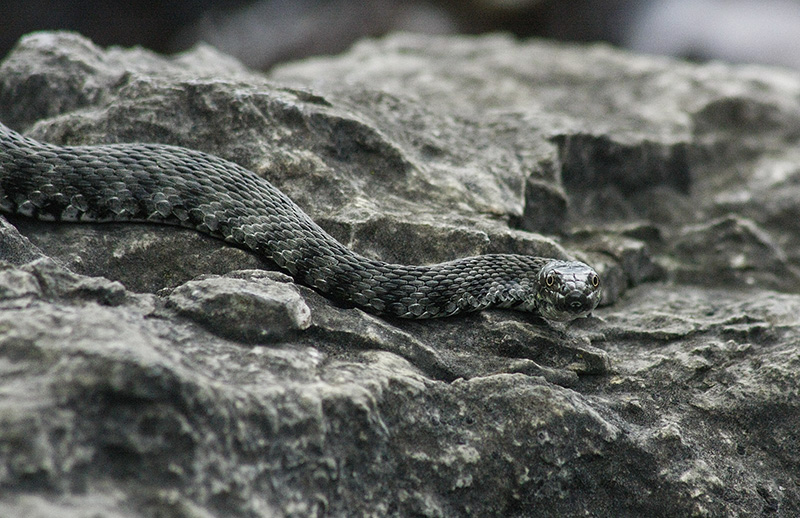
Natrice tassellata
Natrix tessellata
Species linked to humid environments, in particular to fresh and brackish running water. Among the limiting factors of the species are the degradation of watercourses and riparian environments. Species with unsatisfactory conservation status (decreasing trend).
Photo © wikimedia.commons
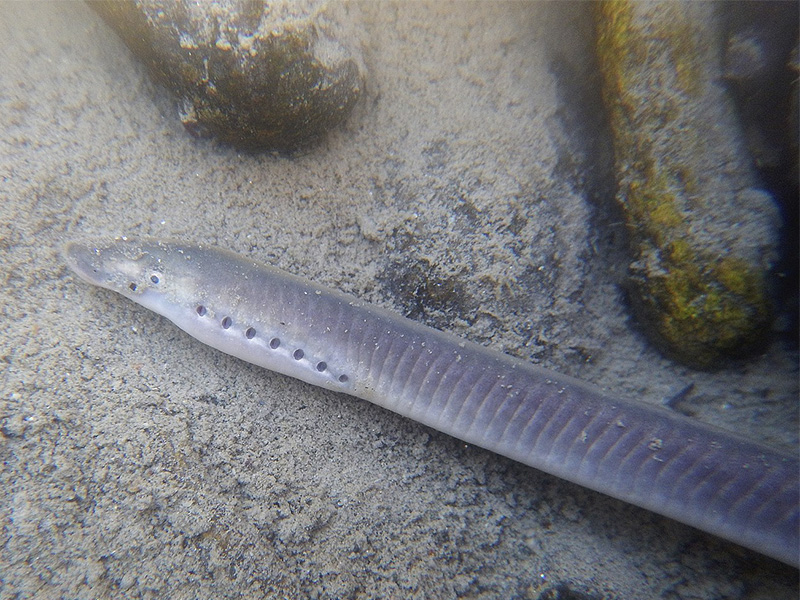
Lampreda padana
Lethenteron zanandreai
Species endemic to the Veneto region whose distribution area is in strong contraction. Very sensitive to habitat alteration, it is therefore an indication of high water quality and good conservation status of the river environment. The conservation status of this species is seriously insufficient (decreasing trend).
Photo © wikimedia.commons
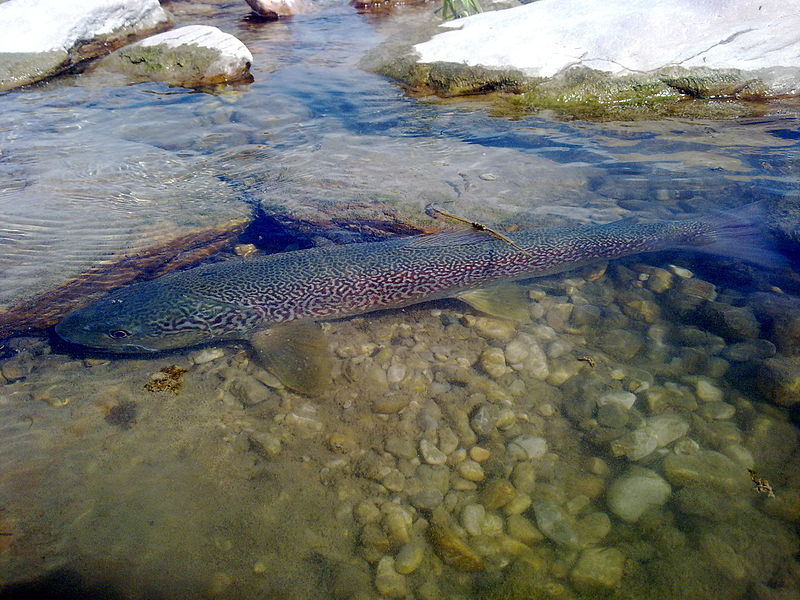
Trota marmorata
Salmo (trutta) marmoratus
Typical species of the Po Valley basin. It is present in a large part of the watercourse within the Natura 2000 area. It prefers clear, fresh and well oxygenated waters, with pebbly and gravelly bottoms. Species with sufficient conservation status.
Photo © wikimedia.commons
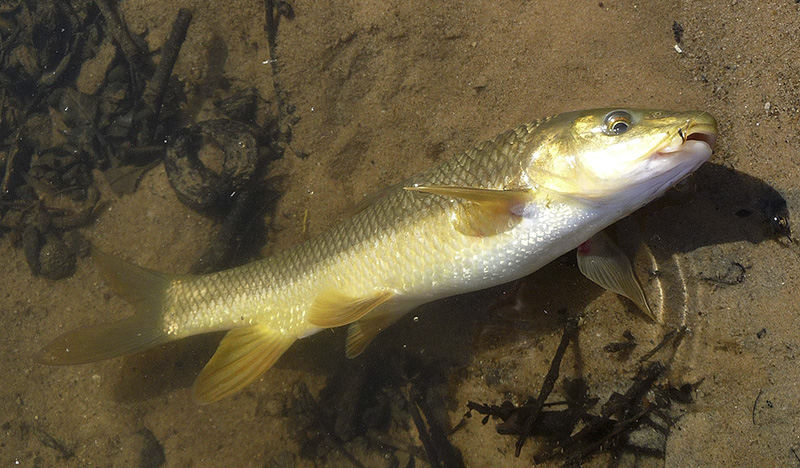
Barbo canino
Barbus meridionalis
Typical species of foothills and hilly river stretches. It has a restricted environmental value requiring waters rich in oxygen, with a lively current and pebbly bottom. It is occasionally present in the Paduan stretch of the Natura 2000 site.
Photo © wikimedia.commons
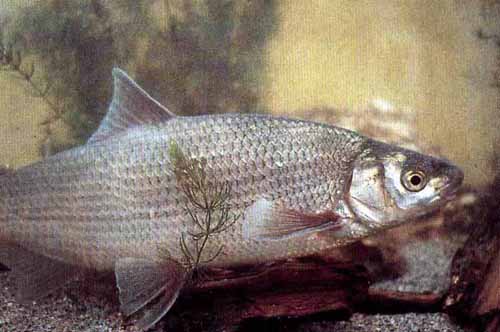
Savetta
Chondrostoma soetta
Typical species of foothills and hilly river stretches. It has a restricted environmental value requiring waters rich in oxygen, with a lively current and pebbly bottom. It is occasionally present in the Paduan stretch of the Natura 2000 site.
Photo © ittiofauna.org
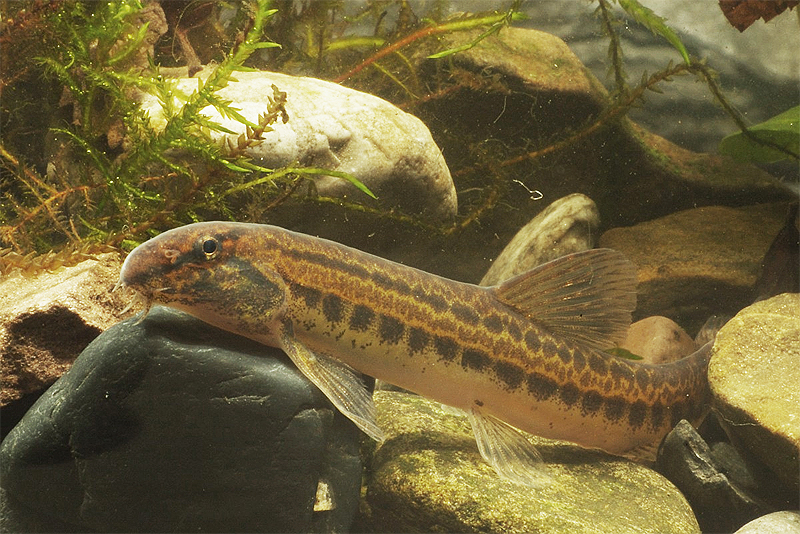
Cobite comune
Cobitis taenia
Typical bottom species where it lives crouching among the vegetation and sand. Its presence is occasional in the Vicenza stretch of the Brenta while it is more abundant in the Padua stretch. Its state of conservation is good.
Photo © ittiofauna.org
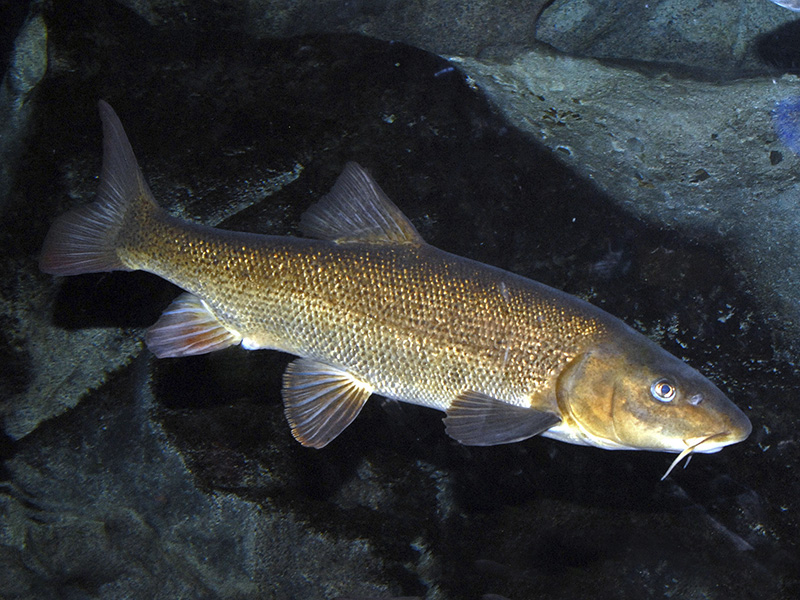
Barbo comune
Barbus plebejus
Gregarious species that prefers the waters of the valley bottom or of the high plain with medium-high water flow rates. The river Brenta is home to abundant and well-structured populations in both Vicenza and Padua. The Brenta in fact offers to this species its ideal habitat. Species with good conservation status.
Photo © ittiofauna.org
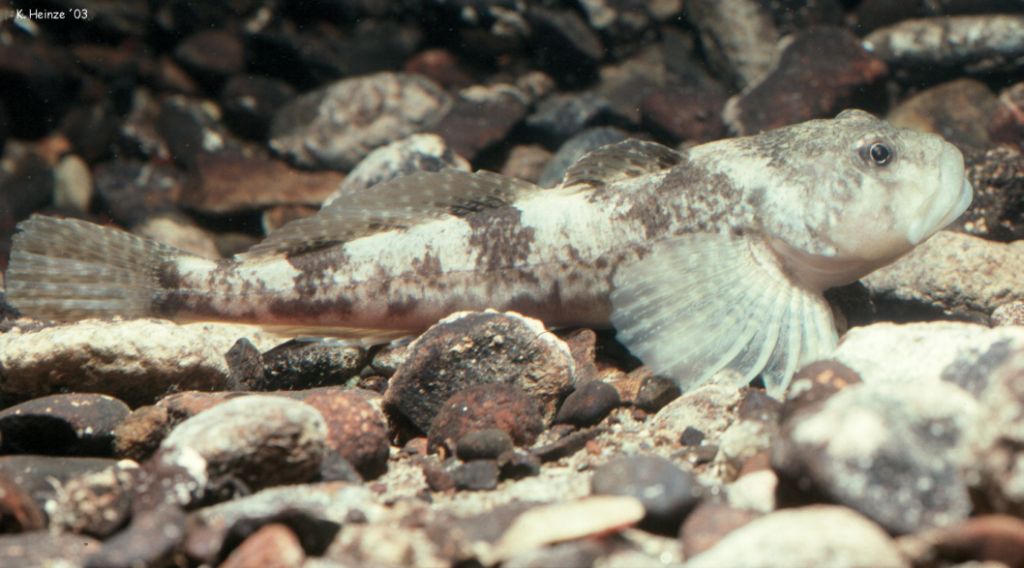
Scazzone
Cottus gobio
Typical species of background where it lives among the stones. It is a species sensitive to pollution and prefers clear and well oxygenated waters. Along the Brenta it is uniformly present from the source to the Grantorto station (PD).
Photo © natura2000.eea.europa.eu/
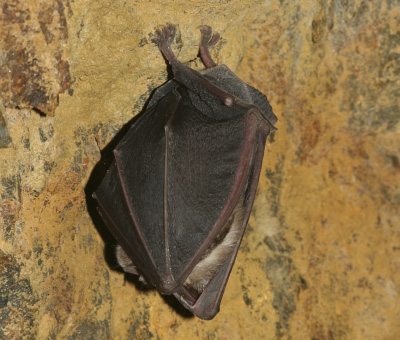
Ferro di cavallo maggiore
Rhinolophus ferrumequinum
Species present from the coast to the alpine areas. Common especially in the hilly belt while in the plain there are small groups or isolated individuals. Linked to underground cavities but also frequents abandoned houses and as hunting areas it uses the ivy walls also present on buildings and monuments poorly maintained. It is the only species of rhinolophis that is in good health in Veneto.
Photo © natura2000.eea.europa.eu/
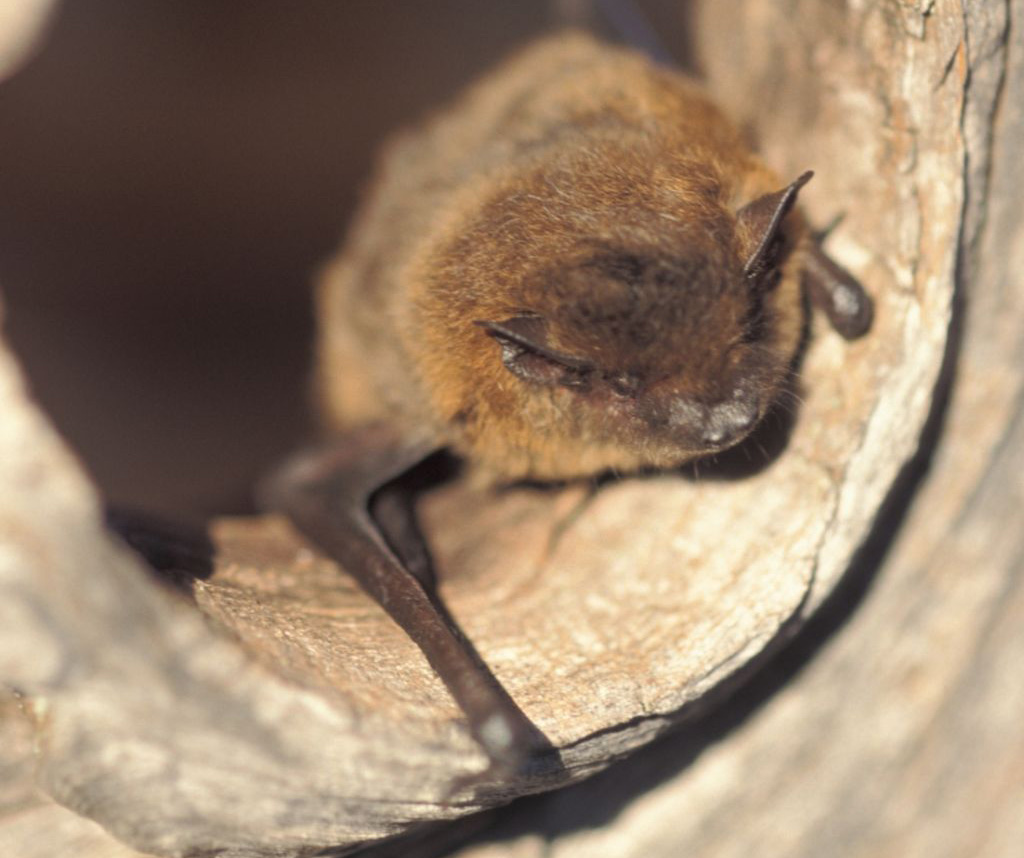
Vespertilio di Daubenton
Myotis daubentonii
Present from the coast to mountain areas. Species strongly linked to aquatic environments such as lakes, ponds, river bends and watering ponds. The increase of the species recorded throughout Europe has been attributed primarily to new detection techniques but according to some researchers could be related to the eutrophication of watercourses and the consequent increase in the mass of insects.
Photo © natura2000.eea.europa.eu/
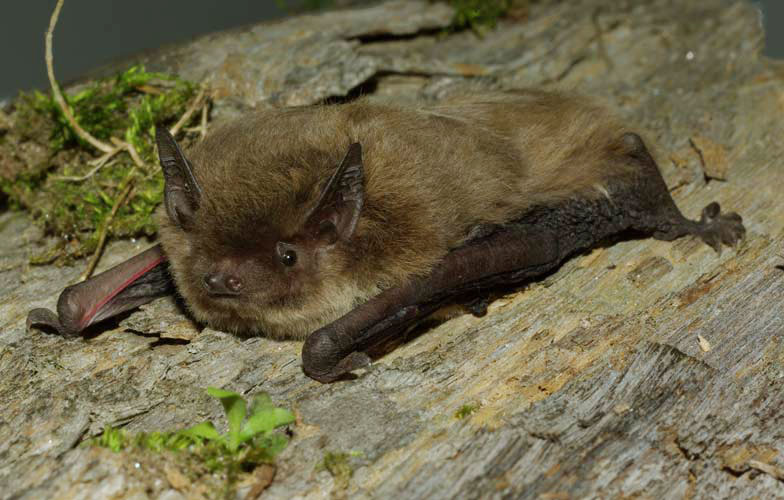
Pipistrello albolimbato
Pipistrellus kuhlii
It is the most common species of bat in the region. Thermophilic species present in coastal areas, plains and hills. It is an anthropophilous species that takes refuge especially in buildings and hunts under street lamps but also in areas without artificial lighting. It is among the few species of bats considered expanding in Italy.
Photo © yesbat.it
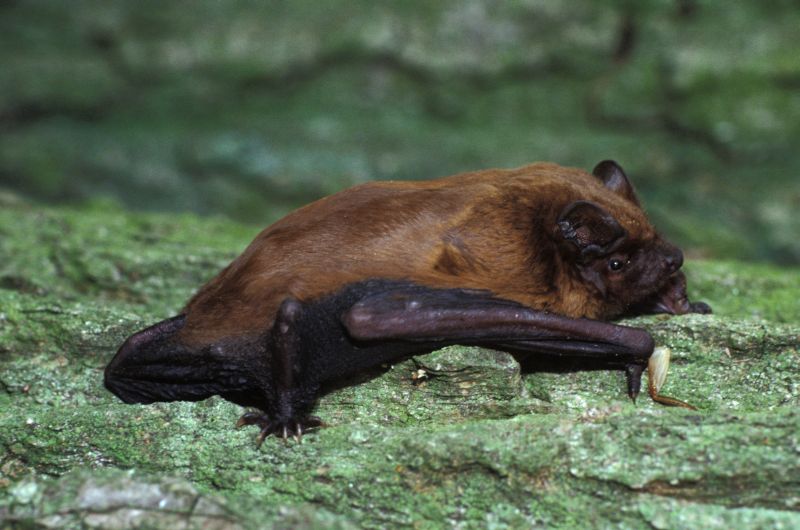
Nottola comune
Nyctalus noctula
Species present in coastal areas and plains. Forest species with anthropophilous tendency. Frequently reported in urban parks and roadside trees. Prefers tree cavities as shelters. Hunts mainly over water, meadows and wetlands. In spring the species migrates south.
Photo © natura2000.eea.europa.eu/
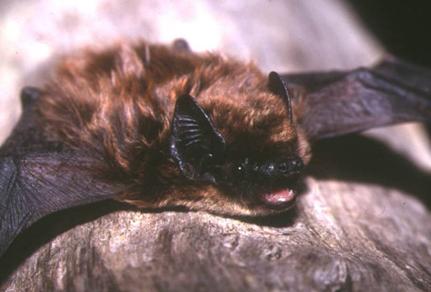
Pipistrello di Savi
Hypsugo savii
Very plastic species, present from coastal areas to mountain areas, from agricultural areas to large cities. Frequents many types of habitats. It prefers hunting in open environments such as rural areas with the presence of watercourses and arboreal hedges but also urban centers and city parks.
Photo © parcobarro.lombardia.it
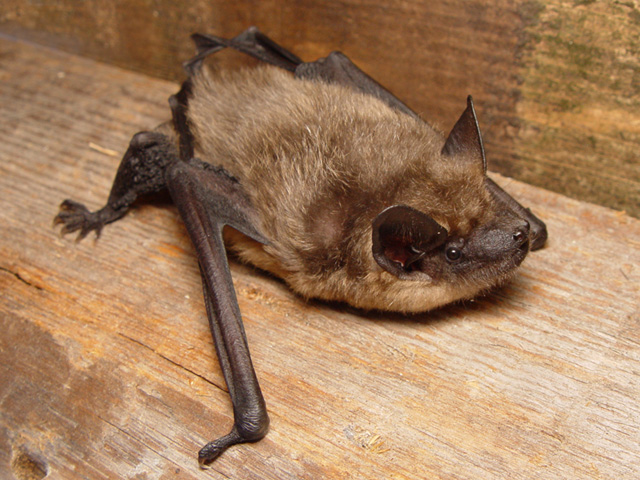
Serotino comune
Eptesicus serotinus
Sedentary species spread from sea level up to 1800 m altitude. As hunting sites it usually frequents wooded edges, agricultural areas and pastures but also urban areas. Being a sinanthropic species, it seems to have suffered relatively less from the degradation of natural environments and the loss of traditional agricultural environments whose recovery is still useful for the conservation of the species.
Photo © wikimedia.commons
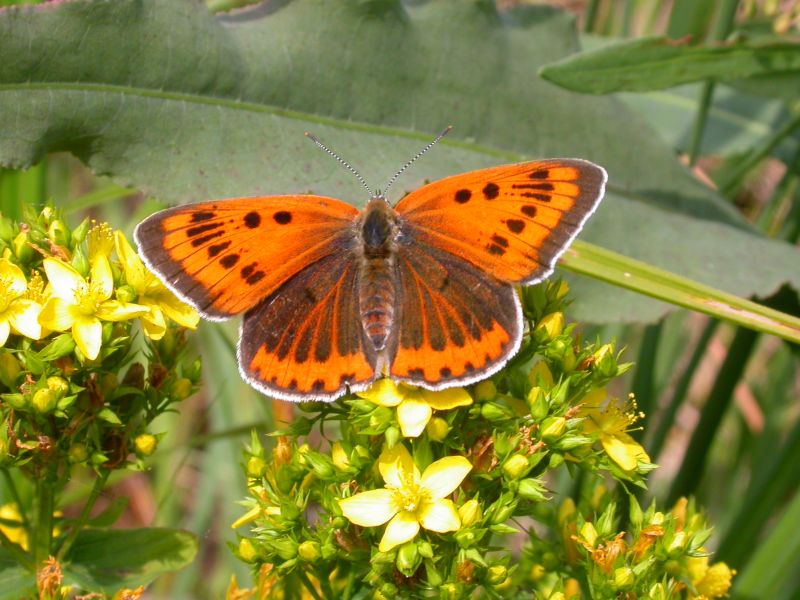
Licena delle paludi
Lycaena dispar
Present in the lower Veneto plain. It lives in marshy environments in the presence of spontaneous hygrophilous vegetation with or without the presence of trees or shrubs. Species threatened by the reduction and disappearance of swamps, marshes and wet meadows and the traditional management activities of these environments. It is essential to ensure the presence of ecological corridors between the sites where the species is reported.
Photo © natura2000.eea.europa.eu/
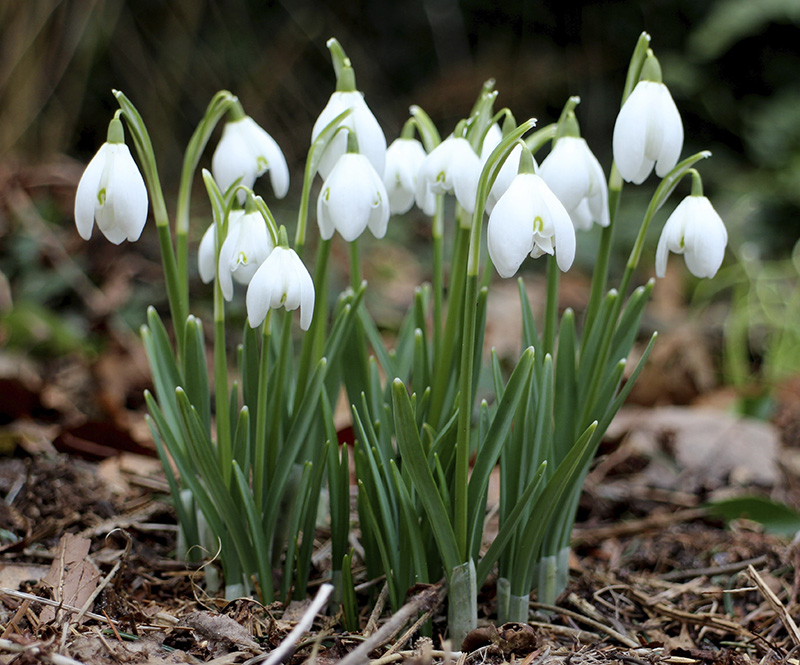
Bucaneve
Galanthus nivalis
Common species in the hills and mountains, rare in the lowland sector. It is found in several forests as long as they are humid and rich in humus. It is the only plant species listed in the Annex to the Habitats Directive present in the Natura 2000 site. A high frequentation of the site with excessive trampling can threaten the conservation of the species.
Photo © commons.wikimedia